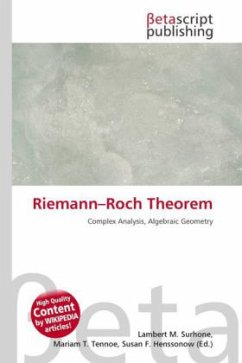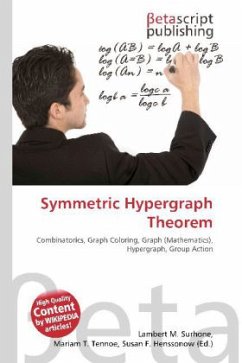Please note that the content of this book primarily consists of articles available from Wikipedia or other free sources online. In elementary geometry, the pizza theorem states the equality of two areas that arise when one partitions a disk in a certain way. Let p be an interior point of the disk, and let n be a number that is evenly divisible by four and greater than or equal to eight. Form n sectors of the disk with equal angles by choosing an arbitrary line through p, rotating the line n/2 1 times by an angle of /n radians, and slicing the disk on each of the resulting n/2 lines. Number the sectors consecutively in a clockwise or anti-clockwise fashion. Then the pizza theorem states that: The sum of the areas of the odd numbered sectors equals the sum of the areas of the even numbered sectors (Upton 1968). The pizza theorem is so called because it mimics a traditional pizza slicing technique. It shows that, if two people share a pizza sliced in this way by taking alternating slices, then they each get an equal amount of pizza.
Bitte wählen Sie Ihr Anliegen aus.
Rechnungen
Retourenschein anfordern
Bestellstatus
Storno








